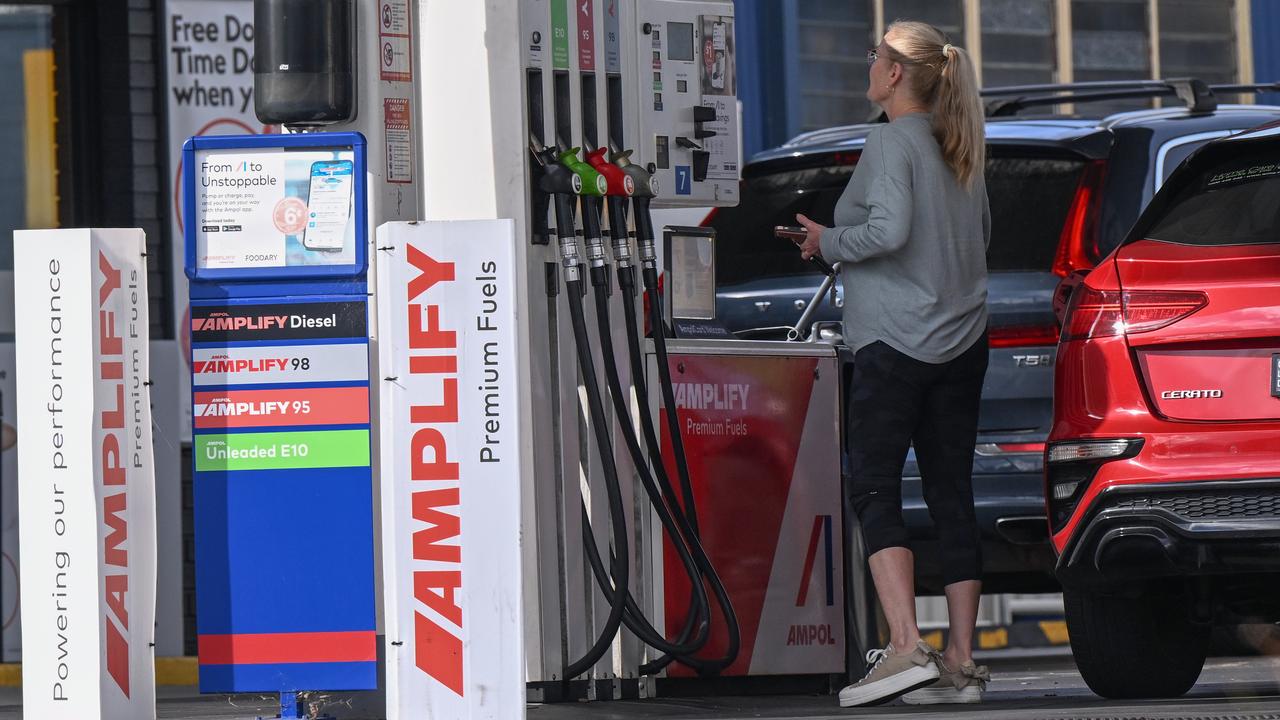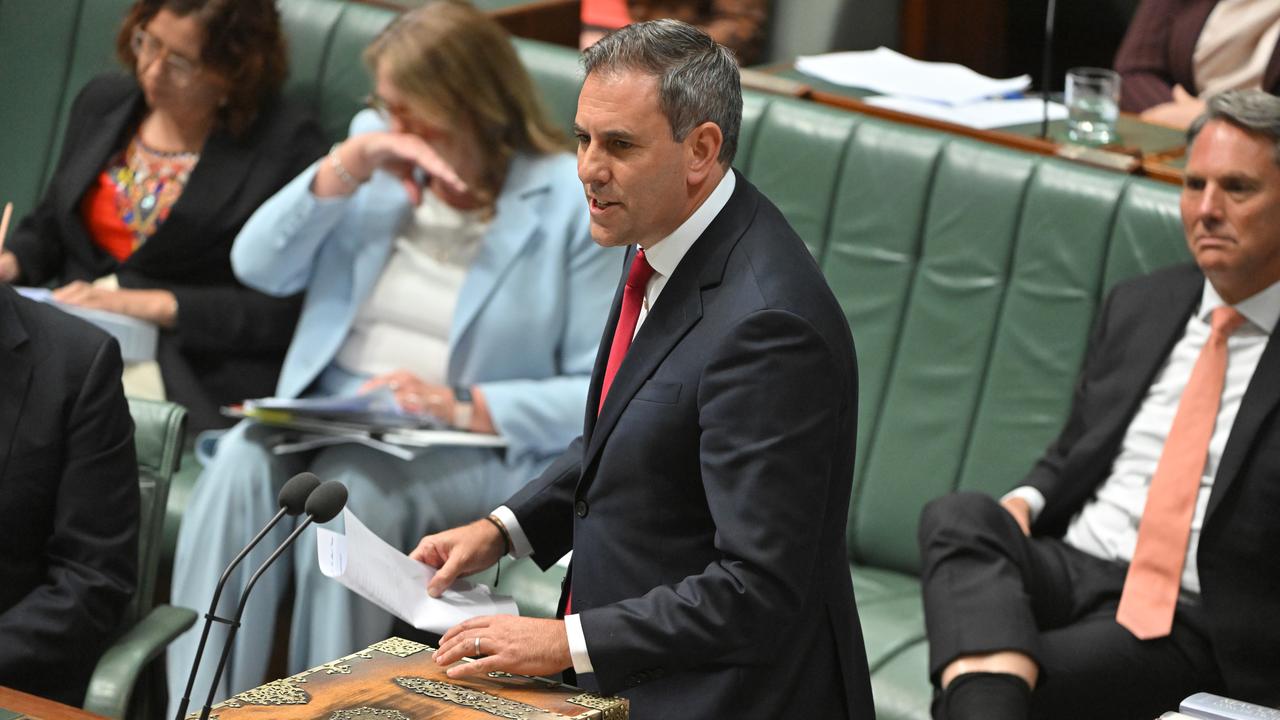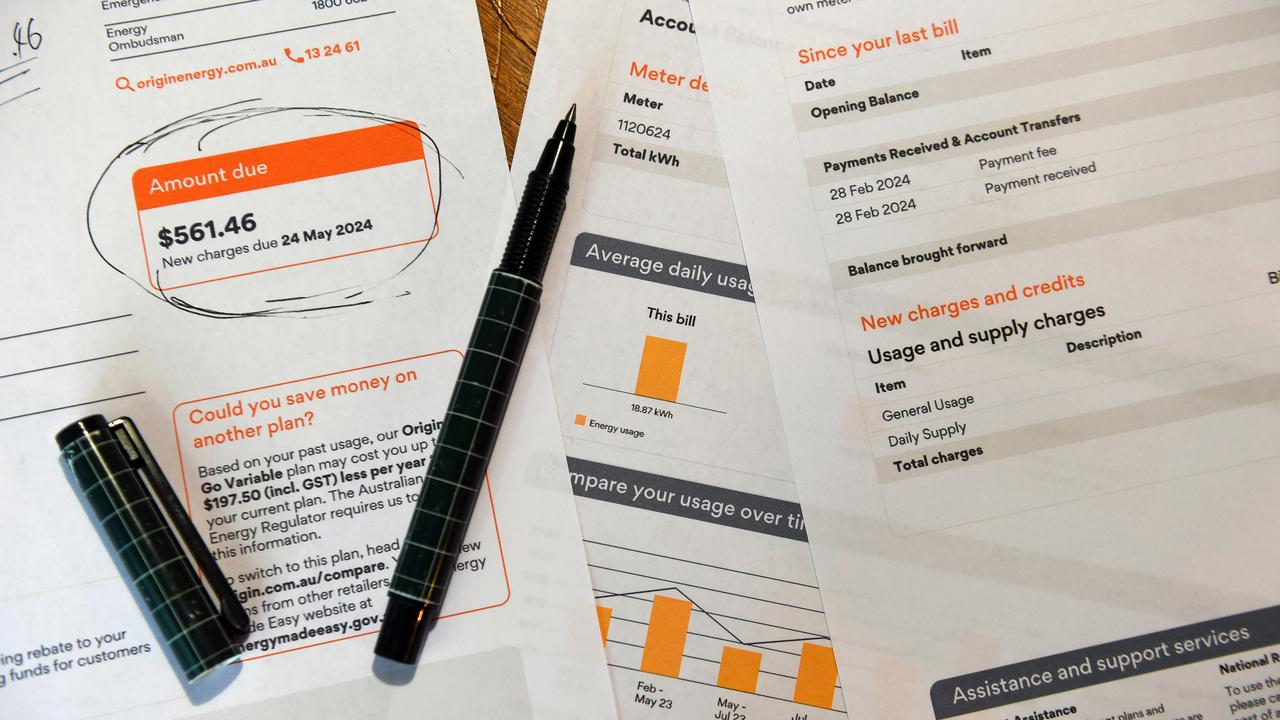Inflation could spike to the highest level in 16 months when the Australian Bureau of Statistics debuts its highly anticipated “complete” monthly consumer price index.
While the consensus of forecasters is for the annual headline inflation rate to hold steady at 3.5 per cent, some economists and Treasurer Jim Chalmers are bracing for a rise when the data is released on Wednesday.
Economists at Westpac have forecast the index to rise 0.1 per cent for the month of October. But because of a 0.3 per cent drop in October 2024 falling out of the series, that would result in the annual figure shooting up to 3.9 per cent – the highest level since June 2024.

Compared to the same time a year prior, they predicted a smaller fall in electricity, a stronger gain in dwellings, a smaller decline in rents and a jump in holiday travel and accommodation.
Commonwealth Bank senior economist Trent Saunders predicted a gentler increase to 3.6 per cent.
“Softer electricity and fuel prices are the main drivers of the decline in the month. Market services inflation is also expected to slow a little, while rents and new dwelling price inflation are likely to remain firm,” he said.
That will be of particular interest to the Reserve Bank of Australia.
After leaving the cash rate on hold at 3.6 per cent on Melbourne Cup day, RBA governor Michele Bullock said the bank thought a spike in inflation in the September quarter was largely down to temporary factors.
But she noted there was some “signal” in the data from housing and services inflation that could indicate inflation was more entrenched.
Mr Saunders expected housing inflation to fall by 0.4 per cent over the quarter, driven by an increase in electricity subsidy payments in NSW, ACT and WA in the month.
“Market services inflation is somewhat difficult to gauge this month, given the limited experience with monthly data for these categories,” he said.
“Nonetheless, these prices will be watched closely following their strong lift in the September quarter.”
Clearly, the treasurer has not been listening to Mr Saunders. He pointed to electricity as one area that could drive up inflation.
“Economists expect that the unwinding of some state energy rebates will push the headline number up a bit tomorrow and that is why they have encouraged us to focus largely on the underlying number,” Dr Chalmers said during question time in parliament house on Tuesday.

Other economists have predicted inflation to fall.
ANZ’s Adelaide Timbrell expects a headline figure of 3.3 per cent, but noted the bank’s forecasts were less precise as it will be the first time the ABS publishes a full monthly CPI release, so forecasters are unable to compare some of the items with previous months.
Regardless, the RBA board was unlikely to put much weight on the result at its next interest rate meeting, given they will still place more emphasis on the quarterly inflation release until seasonal gremlins were ironed out of the new publication, Ms Timbrell said.
ABS chief statistician David Gruen said the release was a “major milestone for Australia”.
“The complete monthly CPI will enable earlier detection of shifts in inflation and provide better information for policy decisions that affect all Australians,” he said.
Australian Associated Press is the beating heart of Australian news. AAP is Australia’s only independent national newswire and has been delivering accurate, reliable and fast news content to the media industry, government and corporate sector for 85 years. We keep Australia informed.





